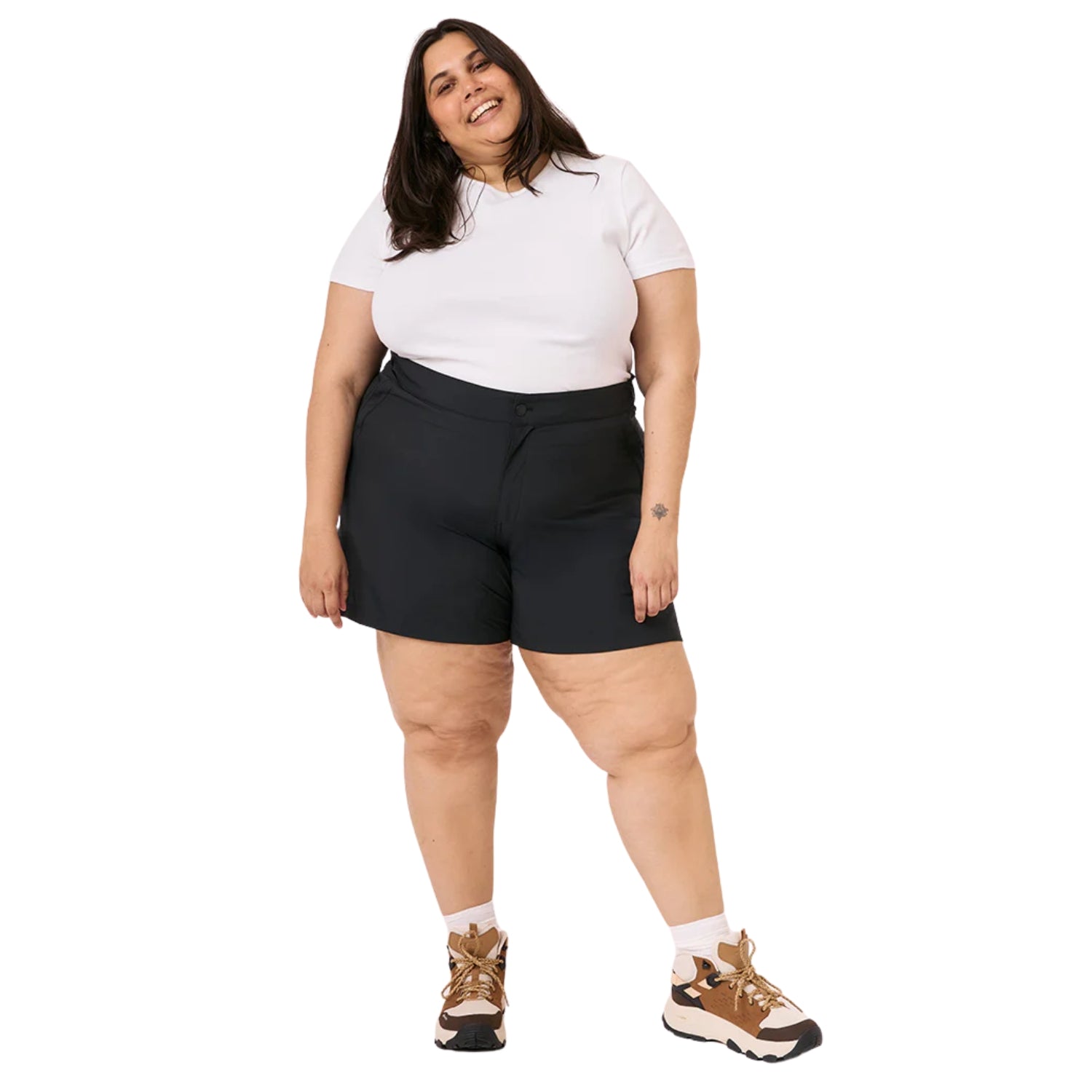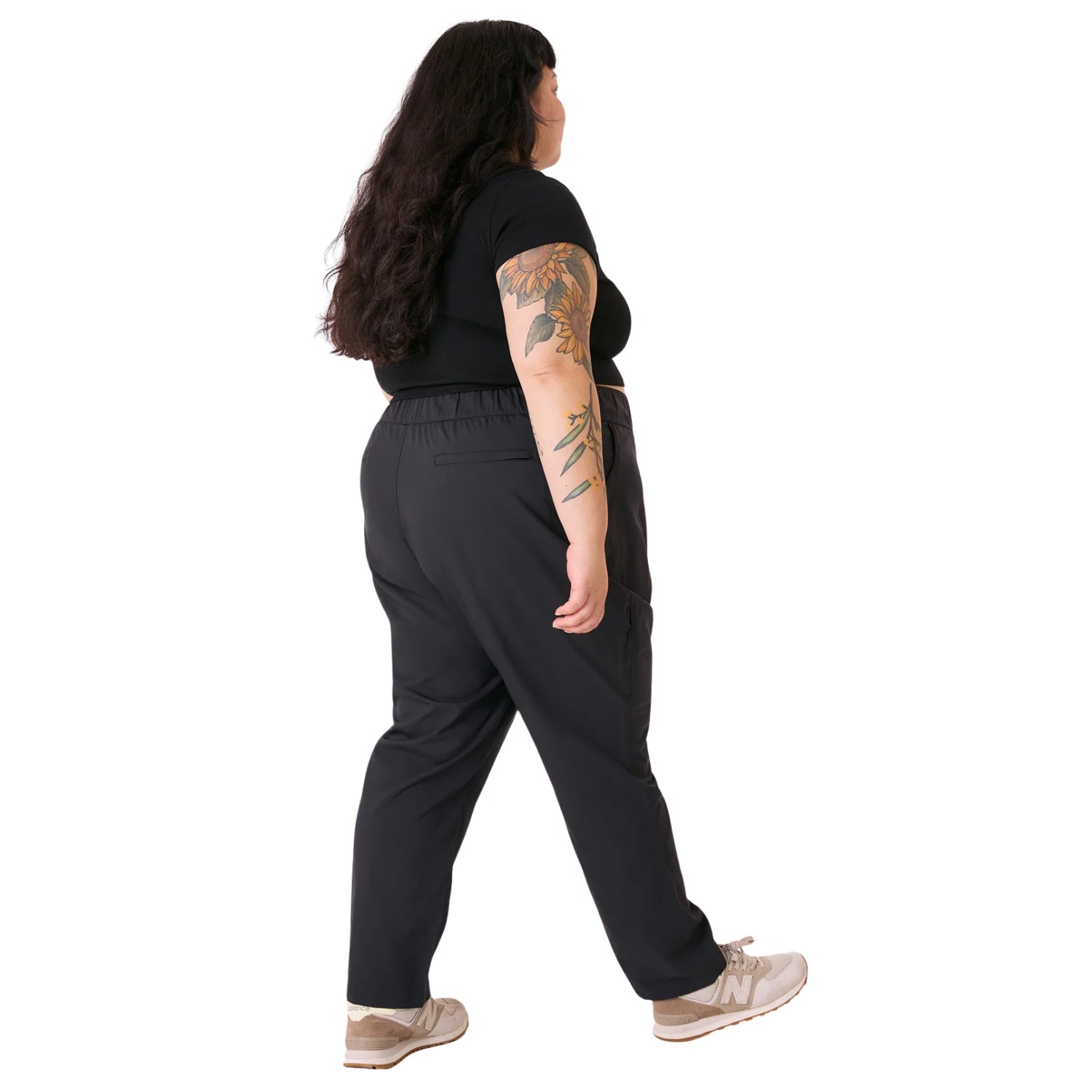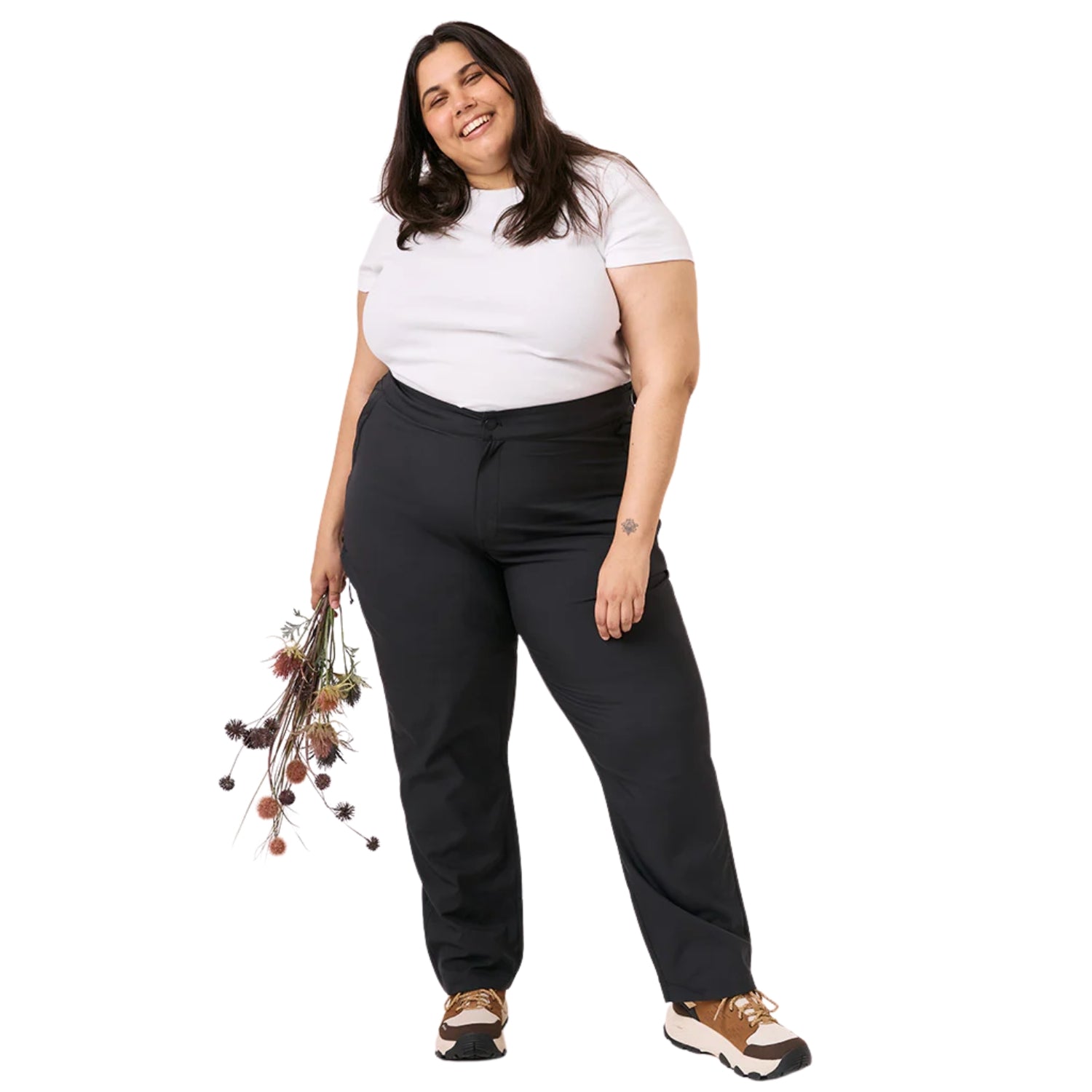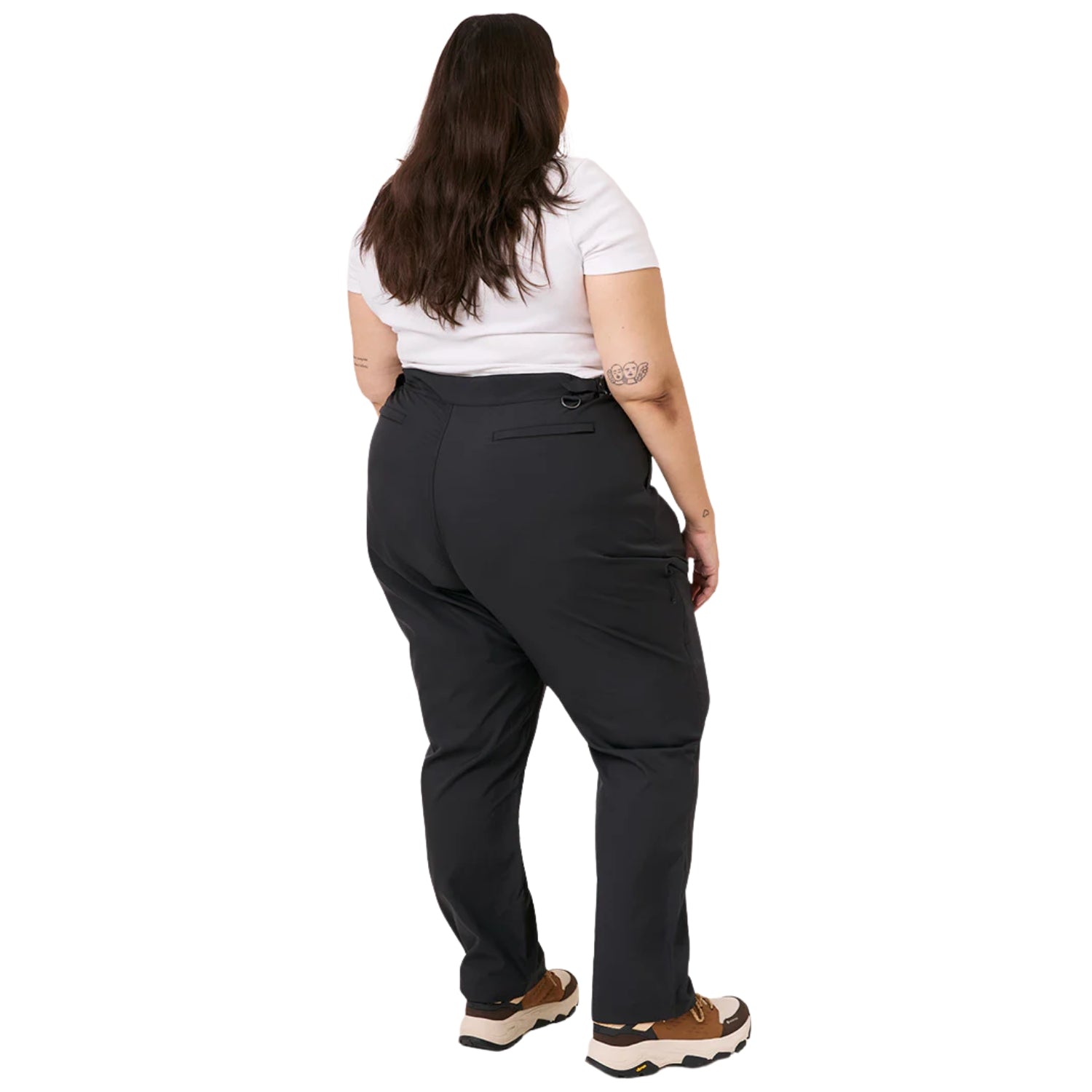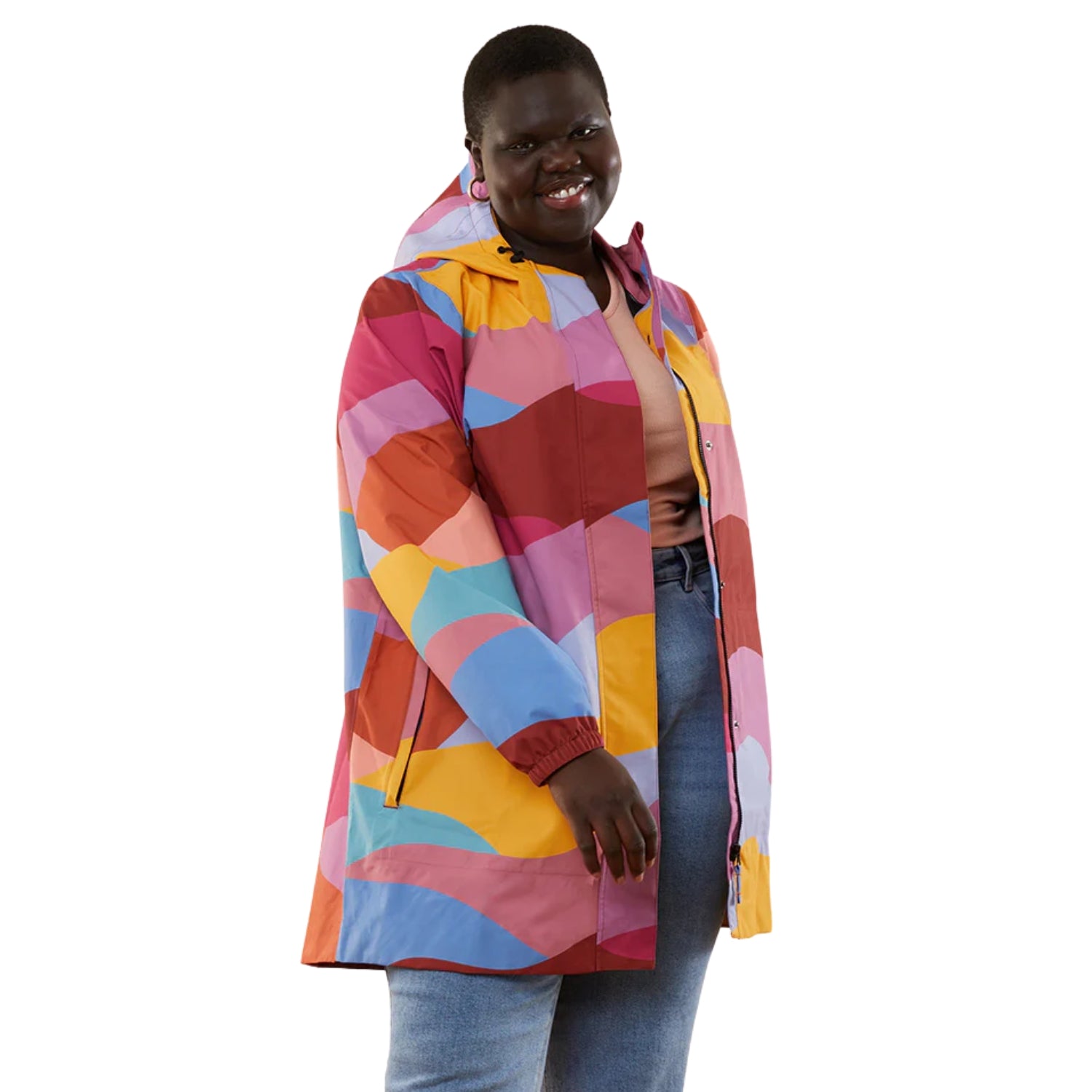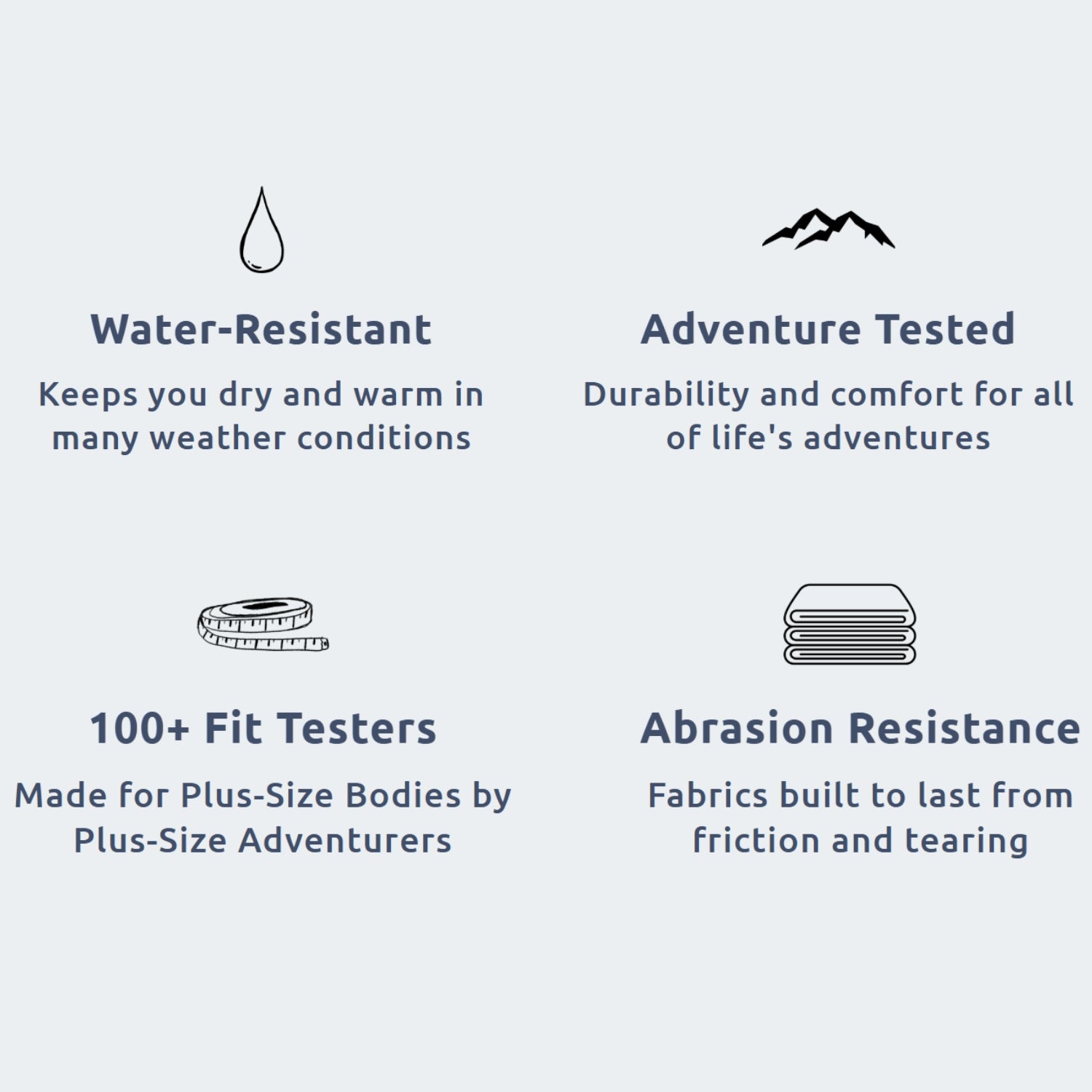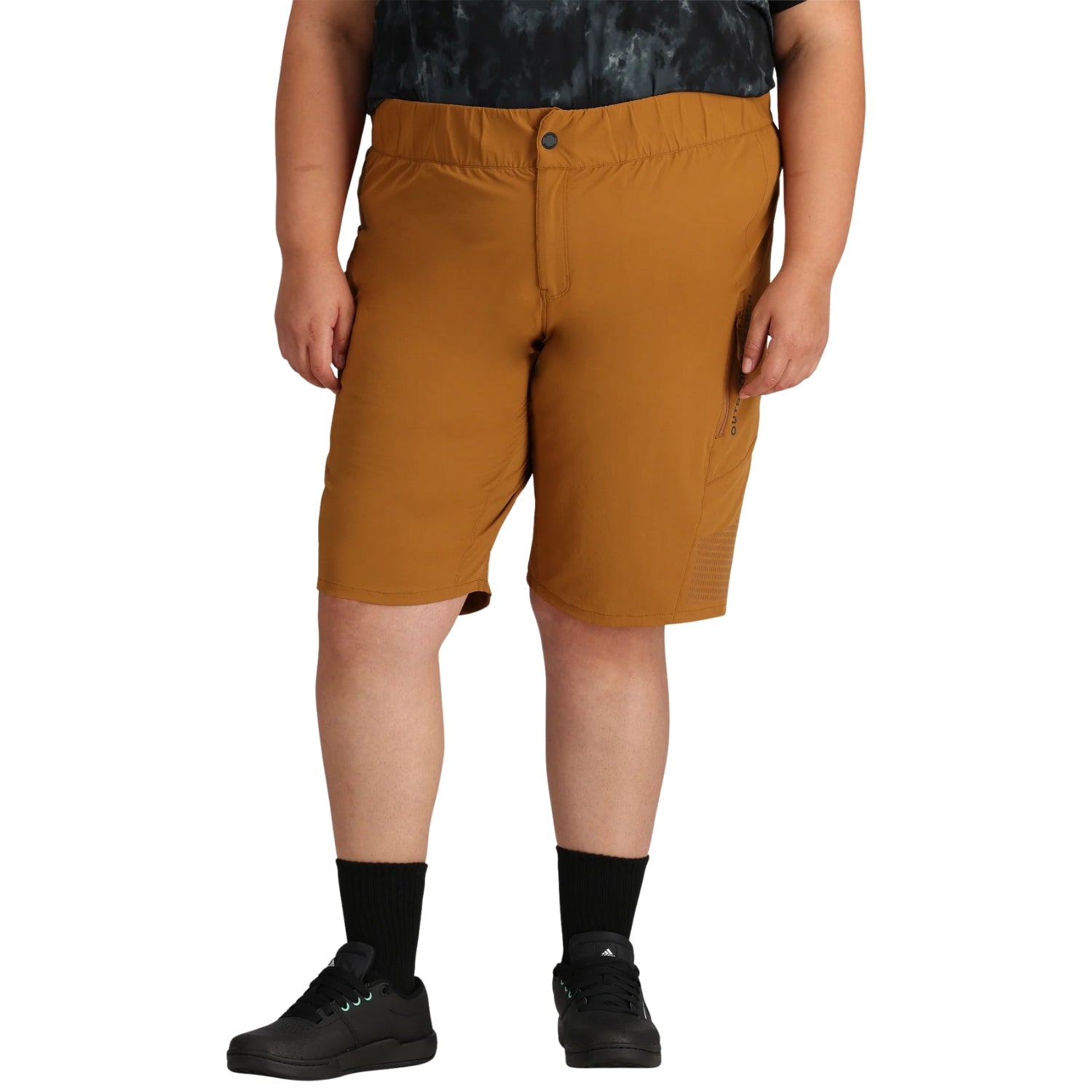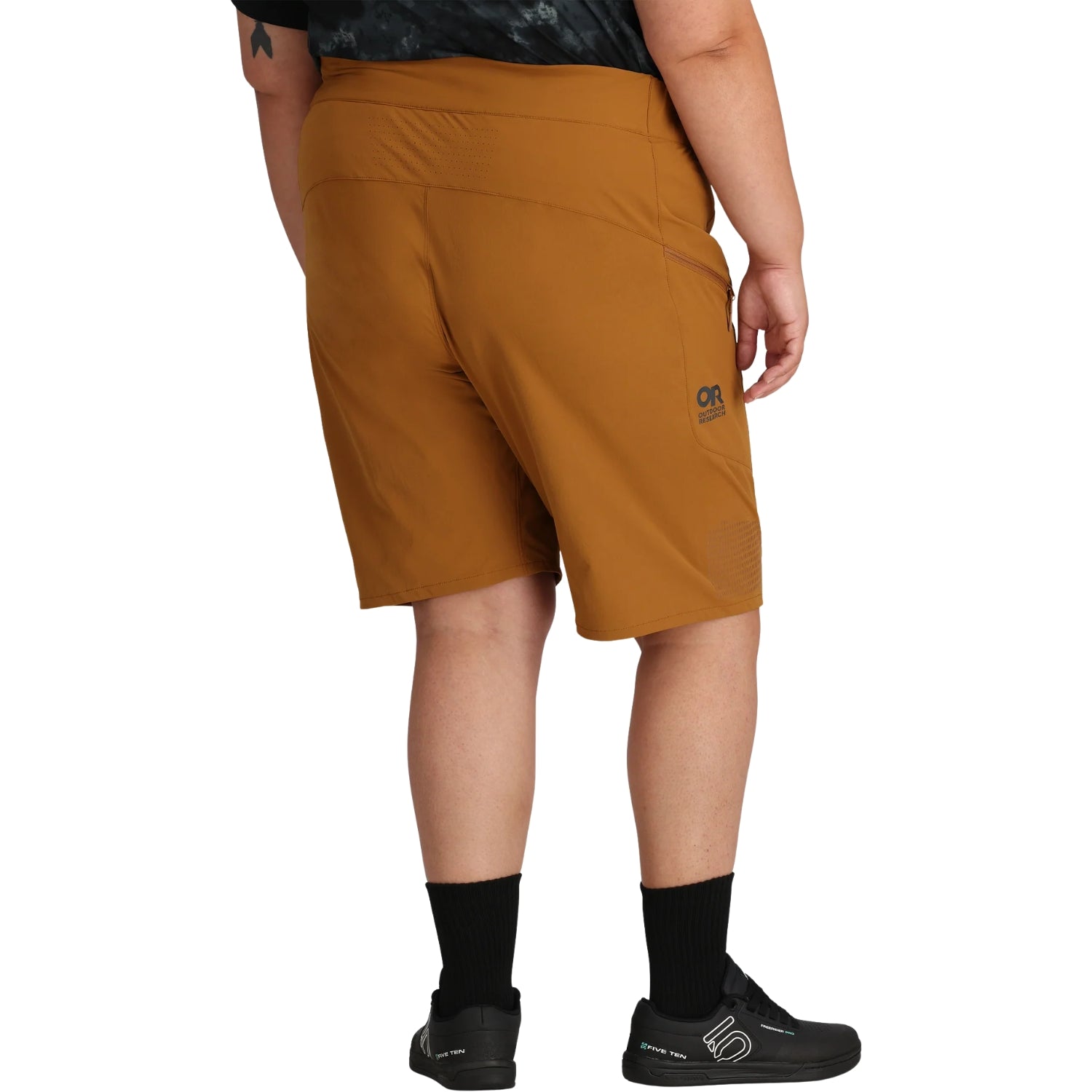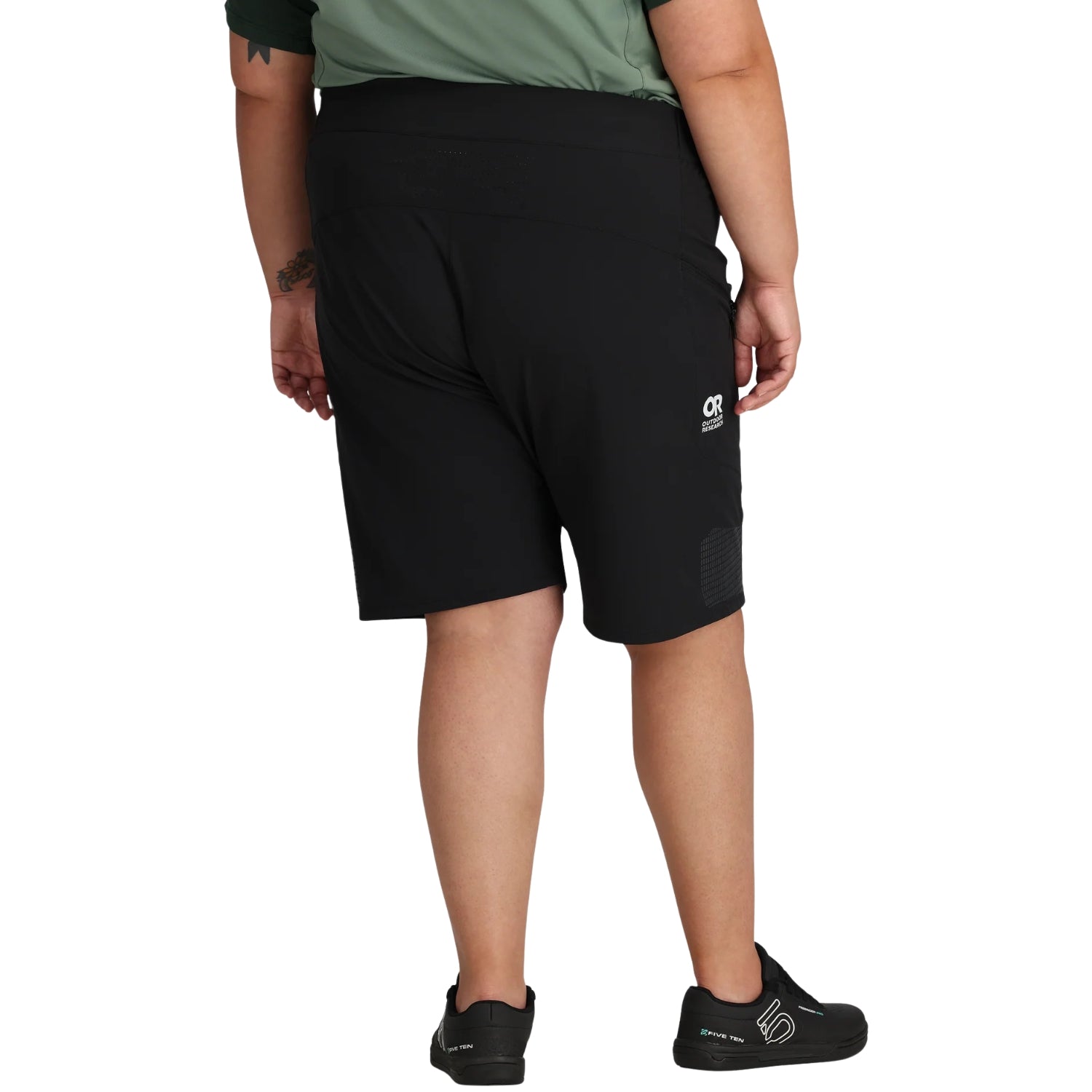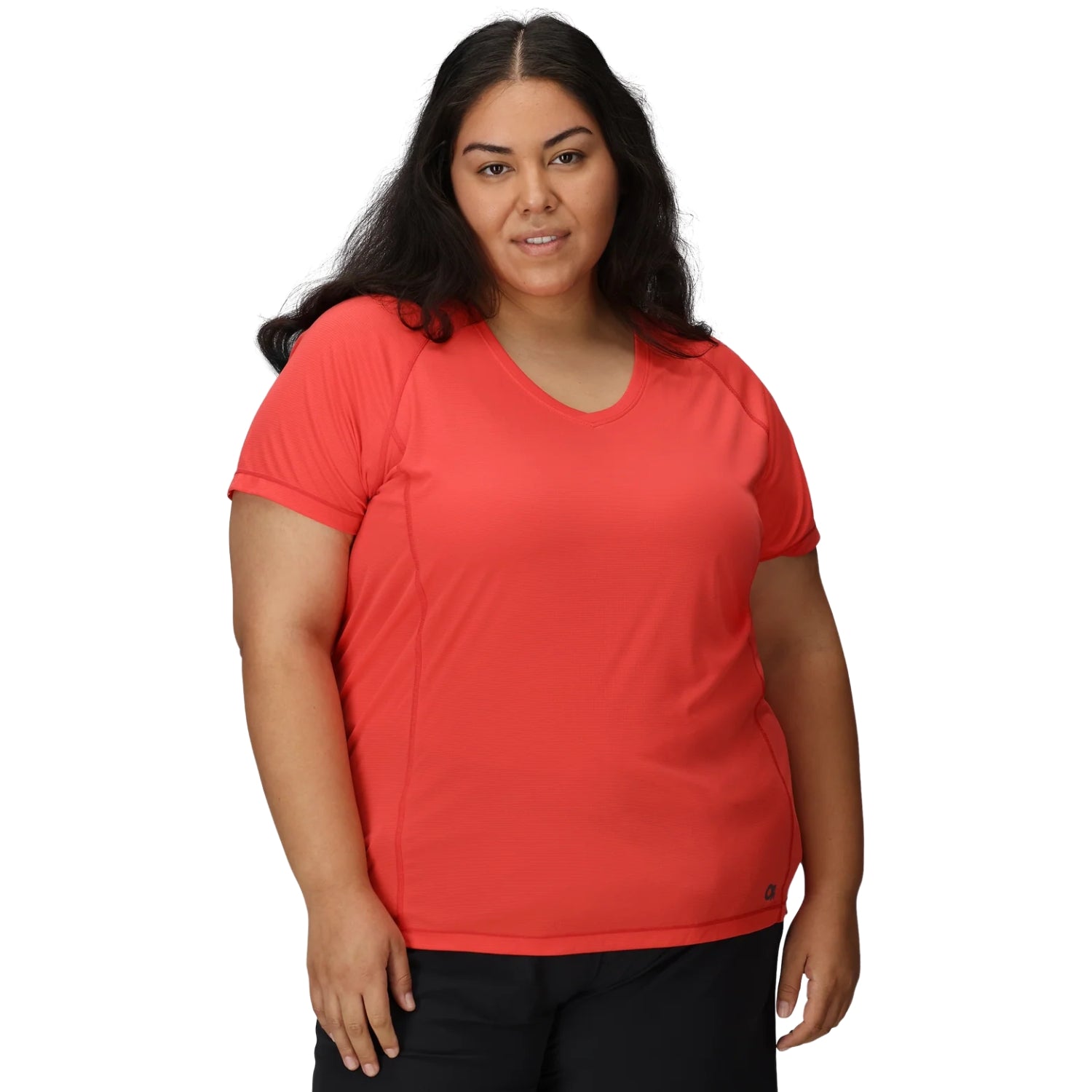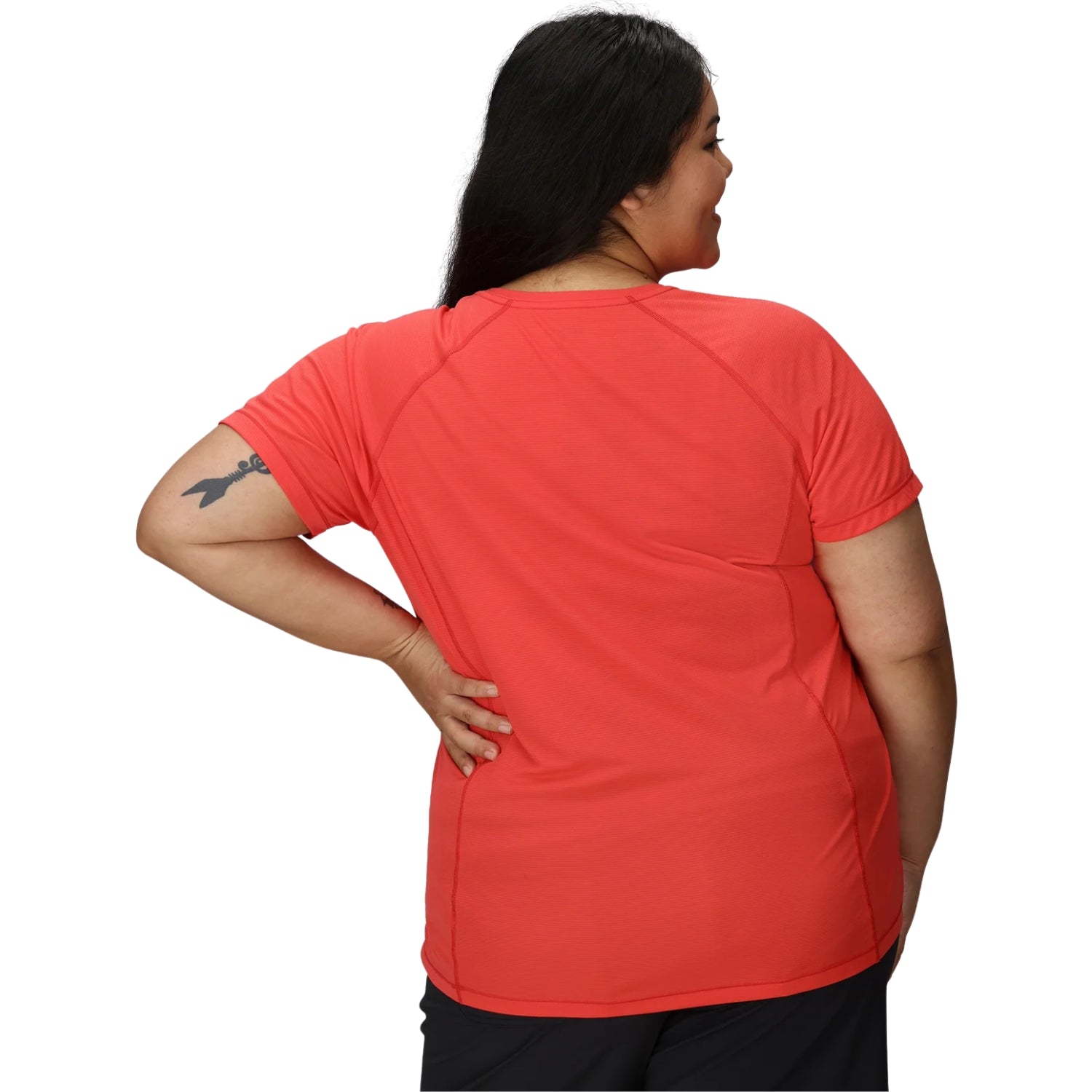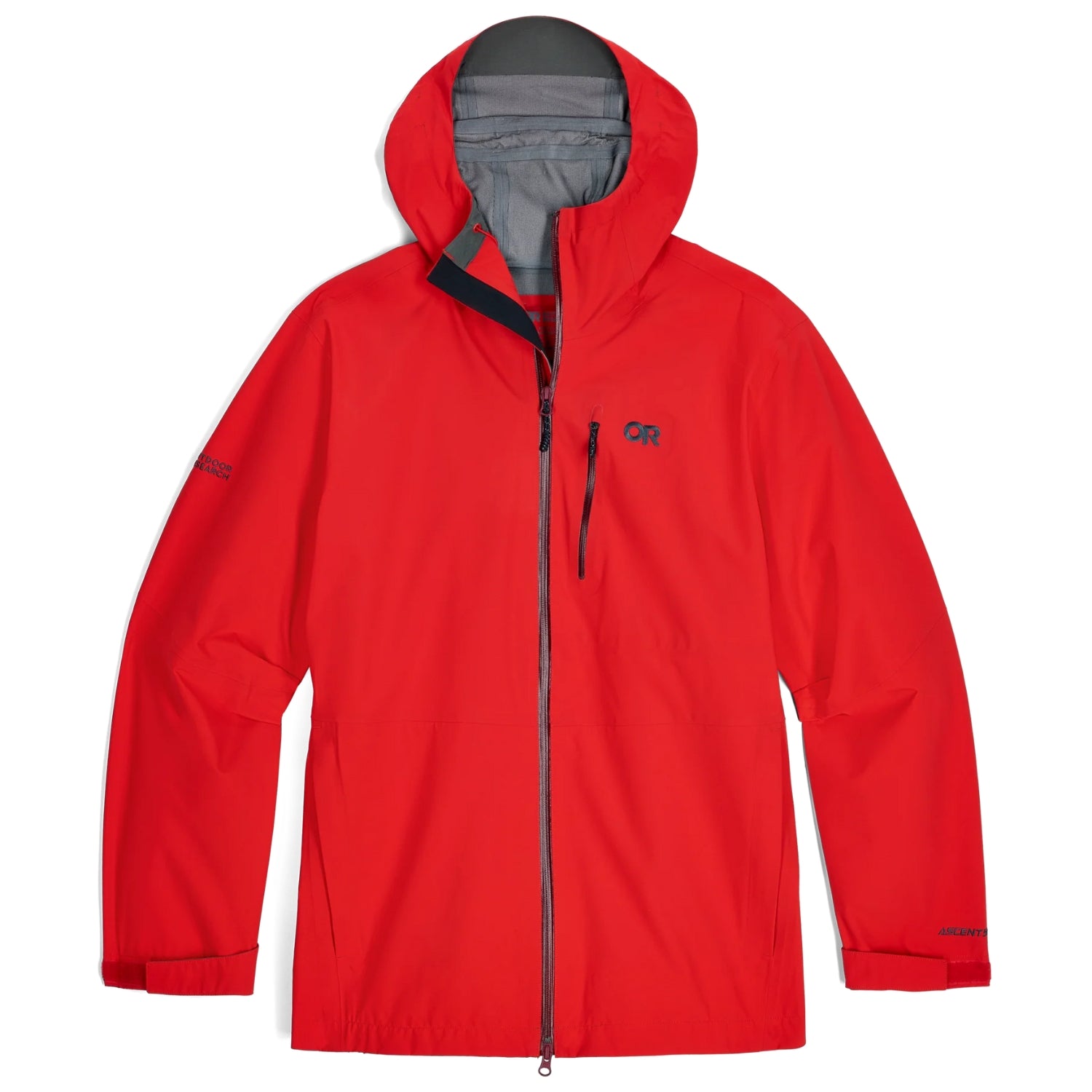
My Ski Pants are too long! How to hem ski pants to make them short?
Easy Ski Pants Hemming Guide
-
Do it Yourself
-
Take them to your favourite local seamstress with this guide
-
Buy snow pants in the correct leg length
Taking up your snow or ski pants need not be a problem. It's mostly easier than you think, and if you're handy with a sewing needle and thread you can possibly even do it yourself.
Do your snow pants need hemming?
Try on your snow pants with your winter or ski boots.
You need to ensure you're not going to slip on your pant hem tucking under your heel on slippery ground, or affect the integrity of the ski binding release and safety mechanism.
If your snow pants are dragging on the ground even when you're wearing your winter or ski boots (longer than the image above), but they don’t bother you, then you generally don't need to worry about hemming them. Winter boots often restrict the pants final length, but you may not like the way your pants look when they bunch, so we created this guide.
What to look out for when purchasing snow pants:
Snow pants, like all pants, come in different lengths. There is no standard.
When purchasing snow pants the 'inseam measurement is the best indication of length, whether the pants will be the right length for you, or will be a little long and need hemming. To a lesser extent, you should also consider the 'front and back rise' as this can lengthen the overall length too.
Before purchasing, if the pants length look like they might need a hem, look out for snow pants which don't have long zips or features at the bottom of the leg so it's a simplier design and easier to hem.
Sometimes though, no matter how hard you try, even the extra short ski pants, aren’t short enough. Don’t worry!
SHOP WOMENS PLUS SIZE SKI PANTS
6 Ski & Snow Pant Hemming Tips
1. Take special care with waterproof and breathable fabric integrity. The waterproof and breathable material should be treated carefully by anyone hemming your snow pants. You definitely don’t want random pins and pinning of fabric all over the material creating holes in the waterproof membrane.
2. Don’t be scared of cutting or adjusting the ski pants cuffs. Hemming or cutting the bottom seam is not a problem and this hem is rarely seam-sealed anyway. What this means is, that you can hem the bottom of the pants in a normal way without affecting the pants. It is the one seam you shouldn’t worry about as it’s supposed to be worn over your boots anyway.
3. A quick and easy solution. Sometimes, instead of cutting and hemming the bottom of the pants some people will just fold up the excess material inside the leg and tack the bottom hem to the inner lining, and that’s good too. This way works best if you don’t need a lot of pant legs taken up.
4. Don’t let the snow gaiter intimidate you. The easiest solution for the internal snow cuff (boot gaitor) which sits with elastic over the boots when you’re wearing the ski pants, (they are there to keep the snow out of your ski boots) is to leave them untouched. After the pants have been hemmed, if they fall longer than the pants, just bunch them up inside the pants so they can still act as they should without any extra fuss. If you’re concerned about it, you can always hem them separately, or cut them out and remove them altogether. This will depend on your preference and use for the snow gaiter and how firm they sit over your ski boots to stop the snow and moisture from getting into your boots.
5. What if the pant cuff has a zip or other hem features? Well that does complicate things a little more. Our best advice for a quick and cheap fix is to decide whether these features are important to you. Some pants have zips that you don’t want or use, so you can improvise with another solution. We suggest cutting out and removing the zip altogether, and either sewing it shut or adding an elastic or waterproof triangle-shaped panel in its place. As long as your pant cuffs still sit down and over your ski boots without letting in snow, then it’s likely to be fine.
6. Get a specialist to do it Of course, you can take your pants to an outdoor gear seamstress specialist, I know there’s one in the Melbourne CBD, and they’ll do a beautiful job but it can get very expensive and time-consuming. Sometimes, you just need to know how to do it yourself or your local seamstress with a little guidance.
Hemming Ski Pants And The Best Snow Pant Leg Length
Ski pants should be slightly longer than the length of your regular pants.
As a general rule of thumb we suggest that when you’re trying on your ski pants, the bottom hem of the pants should rest on the tops of your feet with a little excess material. The reason you want that extra length is primarily for protection and coverage when you're sitting on a chairlift or bending over and of course falling while skiing or snowboarding. When doing so, your pant leg rises, and you need to ensure the snow, wind and wet cannot get into your boots.
There’s nothing worse than wet feet to ruin your snow day!
When measuring your inseam for online shopping and considering if your inseam will need hemming or adjustment, we think that it is likely to have around 6-10cm of play in the length before you’ll need to commit to hemming. This will depend on where you measure your inseam and how accurately you have measured and also how high or low you wear your pants as well as the rise of the ski pants themselves.
There are a few factors and until you actually try your pants on, it’s hard to determine.

Steps To Hemming Your Own Plus Size Ski Pants
1. Try on the Ski Pants: Wear the ski pants with the boots you'll be using on the slopes to get an accurate length.
2. Mark the Desired Length: Stand in front of a full-length mirror and use the measuring tape to determine the desired length. Mark the length with chalk or a fabric marker.
3. Cuff and Pin: Fold the pant leg up to the marked length to create a cuff. Pin it in place, making sure the cuff is even all the way around.
4. Check for Comfort: Walk around and bend your knees to ensure the length is comfortable for skiing. Make any necessary adjustments.
5. Iron the Cuff: Iron the cuff to create a crisp edge. This will make it easier to sew and provide a polished finish.
6. Sew the Cuff: Using a sewing machine or hand sewing, stitch the cuff in place. If using a sewing machine, use a straight stitch or a zigzag stitch, depending on your preference. Ensure that you are sewing through all layers of the cuff.
7. Trim Excess Fabric: Trim any excess fabric, leaving a small seam allowance.
8. Secure Loose Threads: Knot and secure any loose threads to prevent unravelling.
9. Press the Hem: Iron the entire hem to set the stitches and give the pants a finished look.
10. Repeat for the Other Leg: Repeat the process for the other pant leg, ensuring both legs are even.
11. Try On Again: Put on the ski pants and boots again to double-check the length and comfort.
Now your ski pants are ready for the slopes with a customised hem!
Well done.
If you're unsure or uncomfortable doing this yourself, you can also take the pants to a professional tailor for hemming.
Share these tips and instructions with them.





